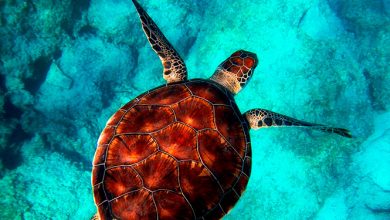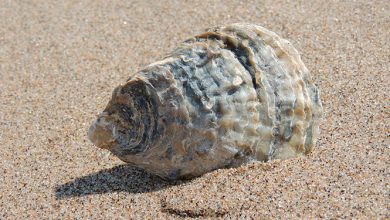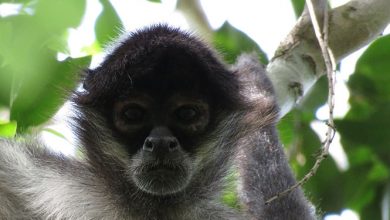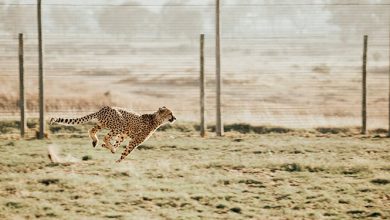Sargassum: Traveling Islands
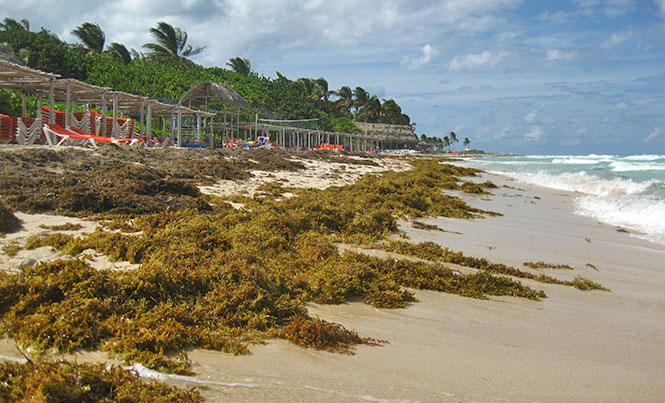
The beaching of masses of sargassum has been a common phenomenon in the Caribbean Sea. However, these masses seem to have grown the last few years
Since 2011 there has been massive quantities of floating (pelagic) sargassum through the Caribbean which landed on many beaches and impacted shorelines, waterways and resources. But what is it and why are we getting more of these landings than before?
Sargassum is a type of brown macroalgae or seaweed which can grow several meters and are found in tropical and temperate oceans generally in shallow waters. These macroalgae are usually attached to the bottom, but there are some species of sargassum that are free-floating all their lives. Whether attached or floating, sargassum patches are a specialized ecosystem where many marine plants and animals live. Floating masses of sargassum gather a lot of trash and may not look pretty but they are a refuge for many species of fish during juvenile stages, and they host a unique assemblage of invertebrates camouflaged to blend into the sargassum. These macroalgae are kept afloat at the surface by small, round, gas-filled bladders and those species that are never attached to the bottom can break off and begin to grow into new organisms.
The beaching of masses of sargassum has been a common phenomenon in the Caribbean Sea. However, these masses seem to have grown the last few years. Scientists have found the growth of masses of sargassum in the Atlantic Ocean come from areas surrounding two major rivers of the world: the Amazon and the Niger River, both discarding their waters in the South Atlantic Ocean. The huge discharges of these rivers transport pollution from land to the ocean, creating waters with excessive nutrients. This situation along with the increment in sea temperature promotes the overgrowth of Sargassum. Oceans currents transport these large patches across the ocean while it reproduces by fragmentation as it travels, and ends up landing on the white-sand beaches of the Caribbean area.
A lot of this work following sargassum through the Atlantic Ocean was done thanks to citizens from many countries recording landings and/or floating large patches. To make a report, visit www.gcrl.usm.edu/sargassum/sargassum.resources.php.



